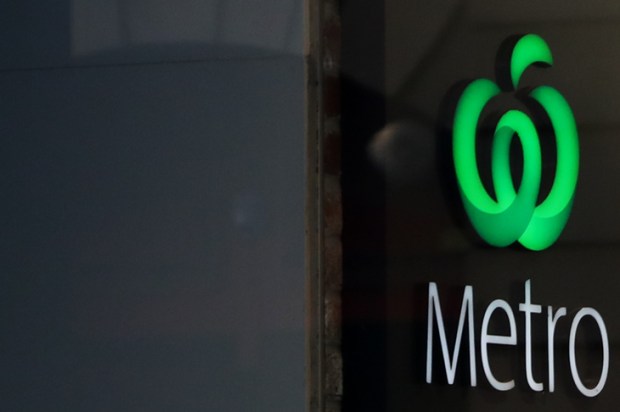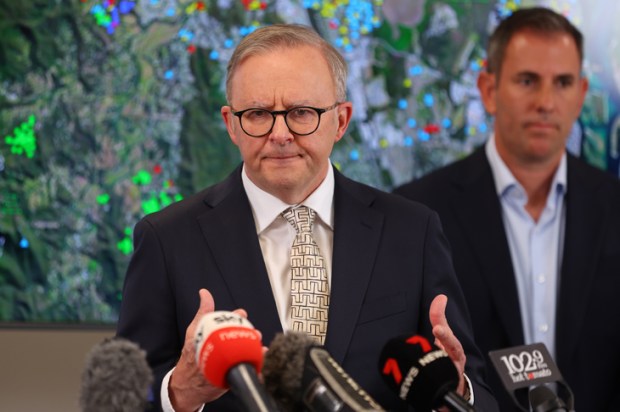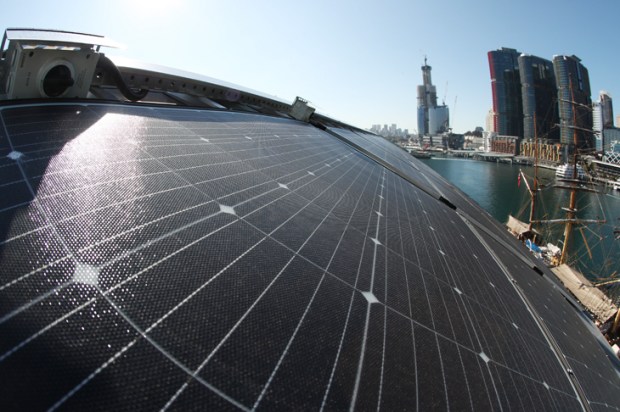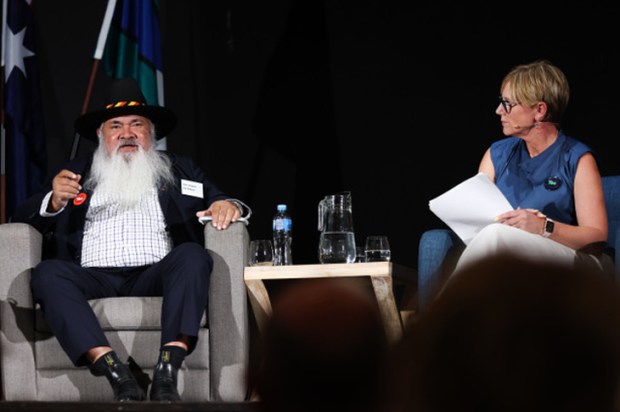Who foots the bill for upper-class welfare? Apart from those naturally objecting to the trimming of their multi-billion dollar tax lurk, along with moans from the booming financial services industry profiting from managing the superannuation bonanza, much of the hyperbolic campaign against Treasurer Scott Morrison’s long overdue superannuation reforms has come from conservatives like the Institute of Public Affairs and writers in this magazine. Conservatives rightly share strong concerns about using the tax system to redistribute wealth to satisfy social agendas. Curiously, in this case, conservative critics don’t seem to have noticed just who has to bear the cost of the superannuation system’s tax deductions. Paying for these concessions involves the absurd redistribution of billions of dollars of wealth from ordinary Australian taxpayers to the rich top four per cent; a sort of inverse Robin Hood. How’s that for dumb policy! As the Murray enquiry concluded, these concessions, most of which go to the top 20 per cent of earners, were intended to encourage saving for retirement, but are directed exactly at the wrong group of people; as existing savers, the tax breaks do no more than alter the form of their savings in response to a tax benefit that puts an added burden on other taxpayers – or, even worse, on swollen government deficits and debt. The Henry review also wanted the tax break reformed.
Regrettably, the unintended consequence of former Treasurer Costello’s generous retirement-oriented extra tax concessions was a monster form of wealth creation far exceeding retirement needs; the more benefits that go beyond retirement savings, the greater the bill to be paid by other taxes or government debt. On top of that, spurred on by tax breaks of $30 billion in 2016-17 that are forecast by Treasury to rise by a third to $41 billion by 2019-20, this rate of growth threatens the sustainability of the whole system. And these ‘tax expenditures’ are no longer needed to meet one of the original purposes of creating a pool of local funds to diminish Australia’s reliance on foreign investment; superannuation funds are increasingly investing overseas as assets have already topped $2 trillion and were projected (before the recent budget changes) to double to $4 trillion in a decade and hit an incredible $9 trillion in 20 years. So, unlike most critics, former Treasury Secretary John Stone acknowledged in his strong opposition to ‘ill conceived’ elements in Morrison’s superannuation changes that they nevertheless involved ‘some sensible reforms’.
Although continued governmental meddling with the rules in the past has done nothing to inhibit superannuation’s exponential growth, there is mounting concern that public confidence in superannuation has now been damaged. There are fears that despite the continued massive tax benefits that still exist after being trimmed by $6 billion, many will look beyond super to place their savings and will devise ways of minimising their ‘qualifying’ wealth in order to join the existing 80 per cent of retirees who still manage to access at least a part age pension despite the growth of superannuation. The cause of this unease is due more to the ‘scare campaign’ nature of the attack on the government’s proposals than their content. An example is the nonsensical allegation that the non-concessional life-time cap of $500,000 is retrospective when 2007 is listed only because it is as far back as the tax office records go. So existing excess holdings are grandfathered and, unlike a retrospective change, there is no penalty or requirement to divest whatsoever for those who held more than $500,000 on budget night, or for those who will exceed $500,000 by virtue of arrangements made before 2007; the limit is entirely prospective. Even the IPA’s highly critical John Roskam admits that ‘Some of those most worried (by the onslaught of criticism) are not affected by these changes to superannuation’. However there should be some worrying in the funds management business if the new contribution caps and limits to tax breaks significantly diminish the massive flow of discretionary superannuation money. Last year this helped add $104 billion of new super contributions and lifted fees and service charges to $21 billion. It’s time to protect the interests of taxpayers who have to carry the cost burden of this upper class welfare.
Got something to add? Join the discussion and comment below.
Get 10 issues for just $10
Subscribe to The Spectator Australia today for the next 10 magazine issues, plus full online access, for just $10.
You might disagree with half of it, but you’ll enjoy reading all of it. Try your first month for free, then just $2 a week for the remainder of your first year.













Comments
Don't miss out
Join the conversation with other Spectator Australia readers. Subscribe to leave a comment.
SUBSCRIBEAlready a subscriber? Log in